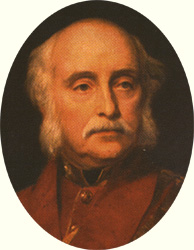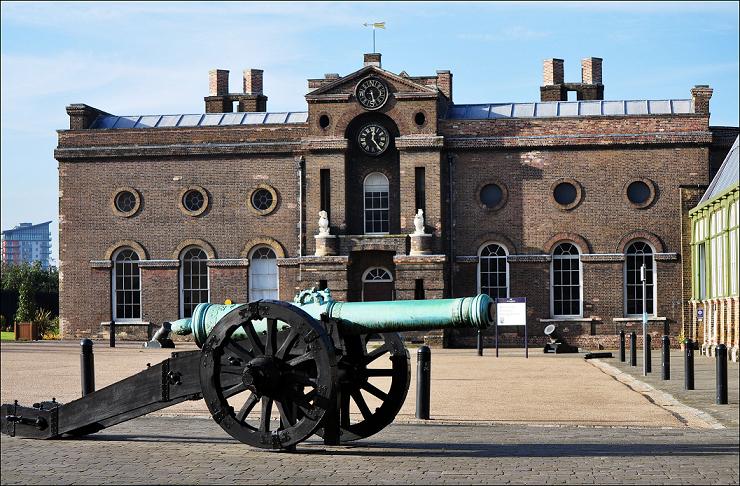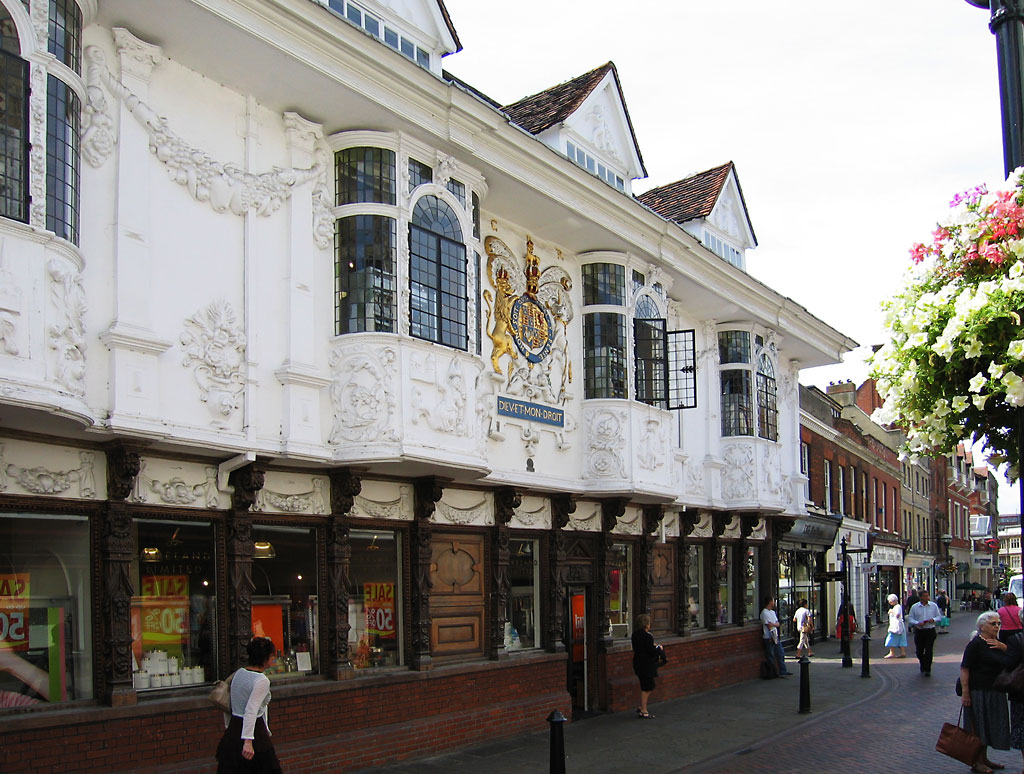|
John Charles Ardagh
Major-General Sir John Charles Ardagh (9 August 1840 – 30 September 1907), was an Anglo-Irish people, Anglo-Irish officer of the British Army, who served as a military engineer, surveyor, intelligence officer, and colonial administrator. Biography Early life and education Ardagh was the second son of William Johnson Ardagh (1798-1872), vicar of Rossmire, County Waterford, and Sarah Cobbold, of Ipswich. After attending school at Waterford, in 1857 Ardagh entered Trinity College, Dublin, intending to follow his father into the church. He won a prize in Hebrew and honours in mathematics, but eventually decided on a military career, taking first place in the examinations to enter the Royal Military Academy at Woolwich in 1858, and receiving his commission as a lieutenant in the Royal Engineers, dated 1 April 1859. Military engineer After training at the Royal School of Military Engineering at Chatham, Ardagh supervised the construction of Popton Fort, Fort Popton, one of the new ... [...More Info...] [...Related Items...] OR: [Wikipedia] [Google] [Baidu] |
County Waterford
County Waterford () is a Counties of Ireland, county in Republic of Ireland, Ireland. It is in the Provinces of Ireland, province of Munster and is part of the Southern Region, Ireland, Southern Region. It is named after the city of Waterford. Waterford City and County Council is the Local government in the Republic of Ireland, local authority for the county. The population of the county at large, including the city, was 127,363 according to the 2022 census. The county is based on the historic Gaelic Ireland, Gaelic territory of the ''Déisi, Déise''. There is an Gaeltacht, Irish-speaking area, Gaeltacht na nDéise, in the southwest of the county. Geography and subdivisions County Waterford has two mountain ranges, the Knockmealdown Mountains and the Comeragh Mountains. The highest point in the county is Knockmealdown, at . It also has many rivers, including Ireland's third-longest river, the River Suir (); and Ireland's fourth-longest river, the Munster Blackwater (). There ar ... [...More Info...] [...Related Items...] OR: [Wikipedia] [Google] [Baidu] |
Khedive's Star
The Khedive's Star was a campaign medal established by Khedive Tewfik Pasha to reward those who had participated in the military campaigns in Egypt and the Sudan between 1882 and 1891. This included British Army, British forces who served during the 1882 Anglo-Egyptian War and the subsequent Mahdist War, who received both the British Egypt Medal and the Khedive's Star. Cast in bronze and lacquered, it is also known as the Khedive's Bronze Star. History After the outbreak of the Anglo-Egyptian War in 1882, the United Kingdom met with opposition from Ahmed ‘Urabi a nationalist and supporter of Egyptian independence. The British success in the war strengthened the position of the Khedive of Egypt, Tewfik Pasha, a supporter of the British government, who decided to reward all British and Indian Army soldiers who took part in the campaign and who had received the British Egypt Medal. Permission was granted to wear the star in uniform. The award of the Star was extended to the subsequ ... [...More Info...] [...Related Items...] OR: [Wikipedia] [Google] [Baidu] |
Milford Haven
Milford Haven ( ) is a town and community (Wales), community in Pembrokeshire, Wales. It is on the north side of the Milford Haven Waterway, an estuary forming a natural harbour that has been used as a port since the Middle Ages. The town was founded in 1790 by William Hamilton (diplomat), Sir William Hamilton, who designed a grid street pattern. He intended it to be a whaling centre, but by 1800 it was developing as a Royal Navy dockyard which it remained until the dockyard was transferred to Pembroke, Pembrokeshire, Pembroke in 1814. It then became a commercial dock, with the focus moving in the 1960s, after the construction of an oil refinery built by Esso, to logistics for fuel oil and liquid gas. By 2010, the town's port had become the fourth largest in the United Kingdom in terms of tonnage, and continues its important role in the United Kingdom's energy sector with several oil refineries and one of the biggest Liquefied natural gas, LNG terminals in the world. Milford Ha ... [...More Info...] [...Related Items...] OR: [Wikipedia] [Google] [Baidu] |
Popton Fort
Popton Fort, a Grade II* Listed Building, is a Palmerston fort completed in 1864 as part of the inner line of defence of Milford Haven together with Fort Hubberstone on the opposite bank. Work commenced in 1859, only completed in 1864 at a cost of £76,000. It has tapering hexagonal ramparts with pentagonal bastions at the angles. It is surrounded by a large clear area of sloping ground to the front, and a ditch on the south side. It contained eleven 9-inch 12 ton rifled muzzle loaded guns in casemates, and ten guns in open emplacements. The barracks located at the rear could house ten officers, five staff sergeants and 158 other ranks. Facilities included a canteen, wash rooms and a hospital. It comprises two batteries, Moncrieff Battery on the west side and Open Battery on the north. Abandoned at the start of the 20th century it was used again during the Second World War. Bought in 1957 by BP to be used as an oil terminal it was renovated but was closed to the public. It ... [...More Info...] [...Related Items...] OR: [Wikipedia] [Google] [Baidu] |
Royal School Of Military Engineering
The Royal School of Military Engineering (RSME) Group provides a wide range of training for the British Army and Defence. This includes; Combat Engineers, Carpenters, Chartered Engineers, Musicians, Band Masters, Sniffer Dogs, Veterinary Technicians, Ammunition Experts, Bomb Disposal Operators, and Counter Chemical Warfare experts, as well as Command and Leadership. History 19th century The Peninsular War (1808–14) revealed deficiencies in the training and knowledge of officers and men in the conduct of siege operations and bridging. During this war low ranking Royal Engineers officers carried out large scale operations. They had under their command working parties of two or three battalions of infantry, two or three thousand men, who knew nothing in the art of siegeworks. Royal Engineers officers had to demonstrate the simplest tasks to the soldiers often while under enemy fire. Several officers were lost and could not be replaced and a better system of training for siege ope ... [...More Info...] [...Related Items...] OR: [Wikipedia] [Google] [Baidu] |
Royal Military Academy At Woolwich
The Royal Military Academy (RMA) at Woolwich, in south-east London, was a British Army military academy for the training of commissioned officers of the Royal Artillery and Royal Engineers. It later also trained officers of the Royal Corps of Signals and other technical corps. RMA Woolwich was commonly known as "The Shop" because its first building was a converted workshop of the Woolwich Arsenal. History Origins in the Royal Arsenal An attempt had been made by the Board of Ordnance in 1720 to set up an academy within its Arsenal (then known as the Warren) to provide training and education for prospective officers of its new Regiment of Artillery and Corps of Engineers (both of which had been established there in 1716). A new building was being constructed in readiness for the Academy and funds had been secured, seemingly, through investment in the South Sea Company; but the latter's collapse led to plans for the Academy being placed on hold. After this false start, the acade ... [...More Info...] [...Related Items...] OR: [Wikipedia] [Google] [Baidu] |
Trinity College, Dublin
Trinity College Dublin (), officially titled The College of the Holy and Undivided Trinity of Queen Elizabeth near Dublin, and legally incorporated as Trinity College, the University of Dublin (TCD), is the sole constituent college of the University of Dublin in the Republic of Ireland. Founded by Queen Elizabeth I in 1592 through a royal charter, it is one of the extant seven " ancient universities" of Great Britain and Ireland. Trinity contributed to Irish literature during the Georgian and Victorian eras, and areas of the natural sciences and medicine. Trinity was established to consolidate the rule of the Tudor monarchy in Ireland, with Provost Adam Loftus christening it after Trinity College, Cambridge. Built on the site of the former Priory of All Hallows demolished by King Henry VIII, it was the Protestant university of the Ascendancy ruling elite for over two centuries, and was therefore associated with social elitism for most of its history. Trinity has three ... [...More Info...] [...Related Items...] OR: [Wikipedia] [Google] [Baidu] |
Waterford
Waterford ( ) is a City status in Ireland, city in County Waterford in the South-East Region, Ireland, south-east of Ireland. It is located within the Provinces of Ireland, province of Munster. The city is situated at the head of Waterford Harbour. It is the oldestWaterford City Council : About Our City . Waterfordcity.ie. Retrieved on 23 July 2013. and the List of urban areas in the Republic of Ireland, fifth most populous city in the Republic of Ireland. It is the List of settlements on the island of Ireland by population, ninth most populous settlement on the island of Ireland. As of the 2022 census of Ireland, 2022 census, 60,079 people lived in the city and its suburbs. Historically the site of a Viking settlement, Waterford's medieval defensive walls and fortifications include ... [...More Info...] [...Related Items...] OR: [Wikipedia] [Google] [Baidu] |
Ipswich
Ipswich () is a port town and Borough status in the United Kingdom, borough in Suffolk, England. It is the county town, and largest in Suffolk, followed by Lowestoft and Bury St Edmunds, and the third-largest population centre in East Anglia, after Peterborough and Norwich. It is northeast of London and in 2011 had a population of 144,957. The Ipswich built-up area is the fourth-largest in the East of England and the 42nd-largest in England and Wales. It includes the towns and villages of Kesgrave, Woodbridge, Suffolk, Woodbridge, Bramford and Martlesham Heath. Ipswich was first recorded during the medieval period as ''Gippeswic'', the town has also been recorded as ''Gyppewicus'' and ''Yppswyche''. It has been continuously inhabited since the Anglo-Saxon settlement of Britain, Saxon period, and is believed to be one of the Oldest town in Britain, oldest towns in the United Kingdom.Hills, Catherine"England's Oldest Town" Retrieved 2 August 2015. The settlement was of great eco ... [...More Info...] [...Related Items...] OR: [Wikipedia] [Google] [Baidu] |
Anglo-Irish People
Anglo-Irish people () denotes an ethnic, social and religious grouping who are mostly the descendants and successors of the English Protestant Ascendancy in Ireland. They mostly belong to the Anglican Church of Ireland, which was the State religion, established church of Ireland until 1871, or to a lesser extent one of the English Dissenters, English Dissenting churches, such as the Methodism, Methodist Church, though some were Catholic Church, Catholics. They often defined themselves as simply "British", and less frequently "Anglo-Irish", "Irish" or "English". Many became eminent as administrators in the British Empire and as senior Irish military diaspora#Britain, army and naval officers since the Kingdom of England and Kingdom of Great Britain, Great Britain were in a real union with the Kingdom of Ireland for over a century, before politically uniting into the United Kingdom of Great Britain and Ireland in 1801. The term is not usually applied to Presbyterianism, Presbyteri ... [...More Info...] [...Related Items...] OR: [Wikipedia] [Google] [Baidu] |
Order Of The Medjidieh
Order of the Medjidie (, August 29, 1852 – 1922) was a military and civilian order of the Ottoman Empire. The order was instituted in 1851 by Sultan Abdulmejid I. History Instituted in 1851, the order was awarded in five classes, with the First Class being the highest. The order was issued in considerable numbers by Sultan Abdülmecid as a reward for distinguished service to members of the British Army and the Royal Navy and the French Army who came to the aid of the Ottoman Empire during the Crimean War against Russia and to British recipients for later service in Egypt and/or the Sudan. In Britain it was worn after any British gallantry and campaign medals awarded, but, as an order, before foreign medals like the Turkish Crimean War medal. The order was usually conferred on officers but a few enlisted soldiers and sailors also received it in a lower class. During World War I it was also awarded to a number of German, Austrian and Bulgarian officers. The order was often conferr ... [...More Info...] [...Related Items...] OR: [Wikipedia] [Google] [Baidu] |









